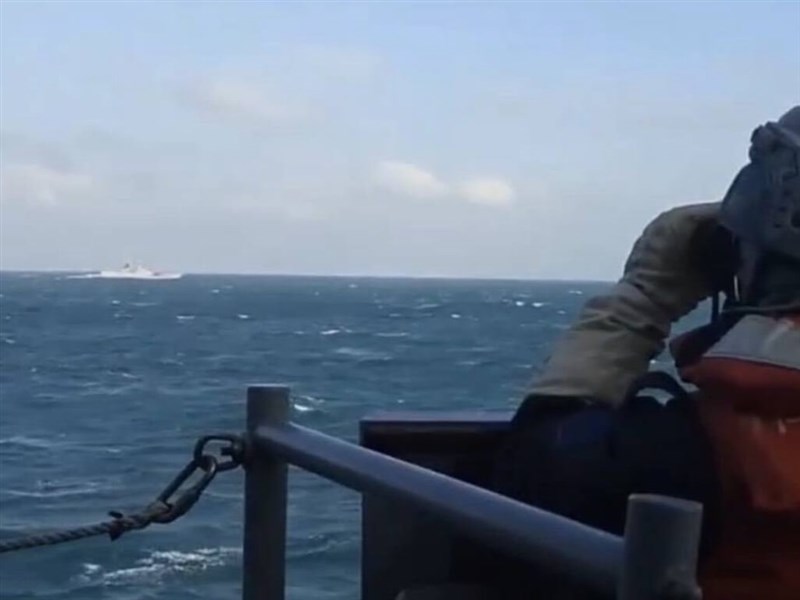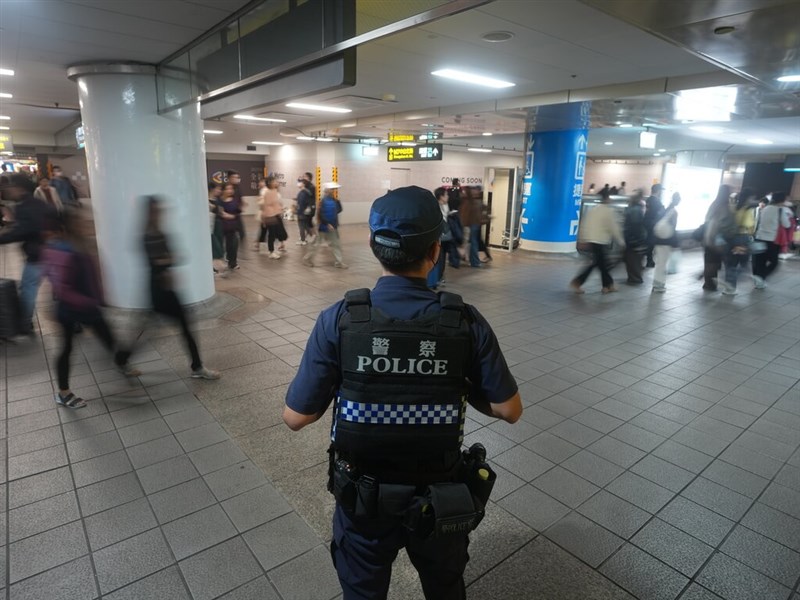ANALYSIS/China's drills aimed at testing the U.S.' ability to handle double crises: Analyst
10/14/2024 06:57 PM
China's timing of the Joint Sword 2024-B military drills was meant to test the United States' ability to simultaneously respond to crises in the Taiwan Strait and on the Korean Peninsula, an analyst said Monday.
(Full text of the story is now in CNA English news archive. To view the full story, you will need to be a subscribed member of the CNA archive. To subscribe, please read here.)
More in ANALYSIS
![PLA exercises send messages to Taiwan, Japan, U.S.: Experts]() PLA exercises send messages to Taiwan, Japan, U.S.: ExpertsThe military exercises launched Monday by China have many purposes, including cognitive warfare against Taiwan, an effort to counter United States-Japan military cooperation, and the showcasing of coordination with Russia, a scholar said Monday.12/29/2025 06:21 PM
PLA exercises send messages to Taiwan, Japan, U.S.: ExpertsThe military exercises launched Monday by China have many purposes, including cognitive warfare against Taiwan, an effort to counter United States-Japan military cooperation, and the showcasing of coordination with Russia, a scholar said Monday.12/29/2025 06:21 PM![Taipei knife attack reveals gaps in Metro police deployment]() Taipei knife attack reveals gaps in Metro police deploymentWhen 27-year-old Chang Wen (張文) set off smoke grenades and stabbed bystanders inside the Taipei Main Station's MRT station and near MRT's Zhongshan Station, police were slow to respond, raising questions about the Taipei MRT system's security.12/26/2025 06:19 PM
Taipei knife attack reveals gaps in Metro police deploymentWhen 27-year-old Chang Wen (張文) set off smoke grenades and stabbed bystanders inside the Taipei Main Station's MRT station and near MRT's Zhongshan Station, police were slow to respond, raising questions about the Taipei MRT system's security.12/26/2025 06:19 PM![Fintech expert urges NTD stablecoin to protect monetary sovereignty]() Fintech expert urges NTD stablecoin to protect monetary sovereigntyA fintech expert in Taiwan has called for the issuance of a New Taiwan dollar (NTD) stablecoin, saying it is vital for safeguarding Taiwan's monetary sovereignty and reinforcing the country's industrial competitiveness.12/14/2025 04:15 PM
Fintech expert urges NTD stablecoin to protect monetary sovereigntyA fintech expert in Taiwan has called for the issuance of a New Taiwan dollar (NTD) stablecoin, saying it is vital for safeguarding Taiwan's monetary sovereignty and reinforcing the country's industrial competitiveness.12/14/2025 04:15 PM
Latest
- Society
1 injured on tugboat helping carrier with 5 Filipino, 12 Taiwanese crew
01/01/2026 08:57 PM - Society
New Taipei MRT sees record ridership of over 30 million in 2025
01/01/2026 07:55 PM - Society
- Politics
President, Vice president greet public at Presidential Office
01/01/2026 07:15 PM - Politics
Lai calls on opposition to focus on budget reviews, not impeachment attempts
01/01/2026 07:00 PM


